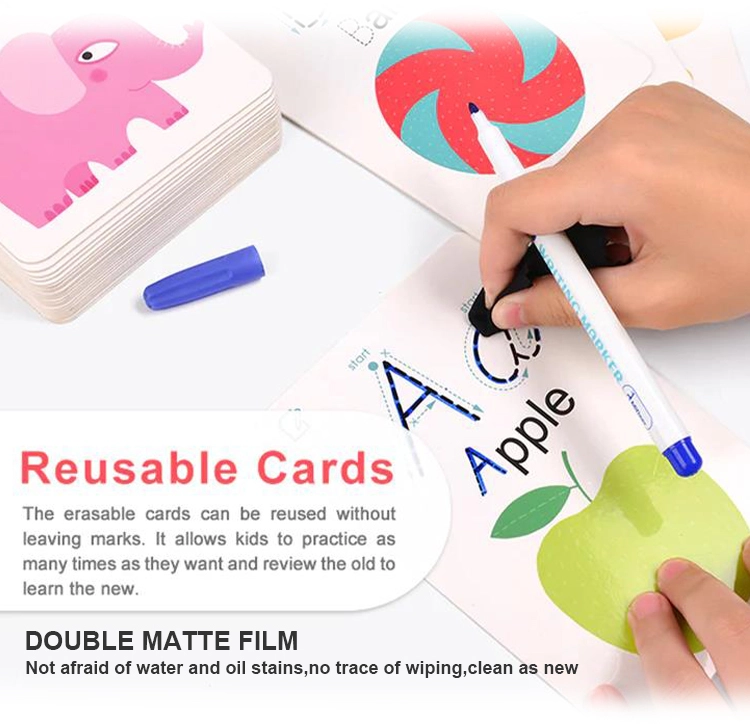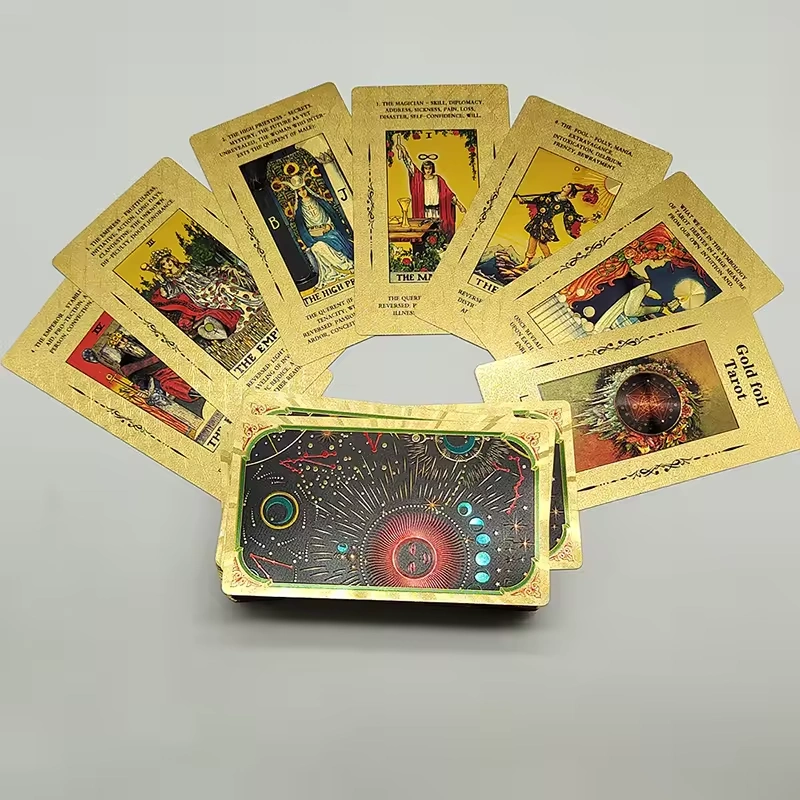What Makes Flashcards an Effective Learning Tool?
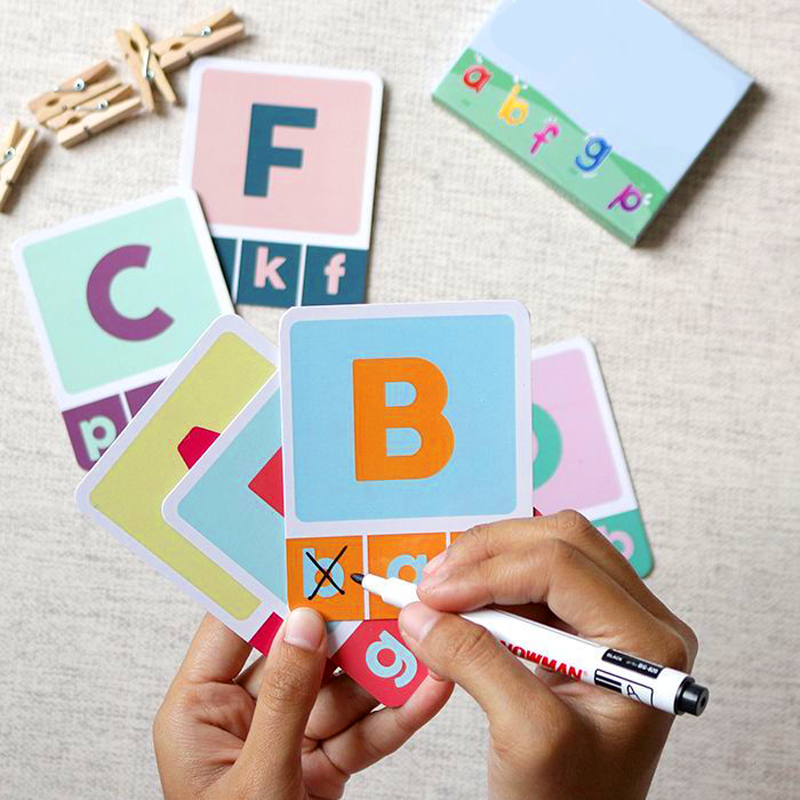
How can flashcards help improve memory retention?
Flashcards are recognized as a study tool that greatly enhances memory retention. They activate various cognitive processes in the brain, creating a more comprehensive learning experience. Their concise format enables learners to concentrate on one piece of information at a time, decreasing mental strain and fostering improved understanding. Furthermore, regularly reviewing flashcards strengthens memory connections, making it simpler to retrieve information when required.
Why is active recall and spaced repetition considered crucial?
Engaging in recall means remembering information from memory without any external aids to strengthen memory pathways effectively using flashcards that prompt learners with questions or prompts on one side and require them to provide the answer before flipping the card over, a technique that enhances long term memory retention and boosts confidence in recalling information.
Another effective method for learning is spaced repetition. It entails flashcards at longer intervals as time goes by to enhance memory retention gradually instead of cramming all at once in a study session. This approach capitalizes on the spacing effect theory that suggests information is better retained when reviewed over periods. By integrating spaced repetition with flashcard practice, you can reinforce your understanding effectively and reduce the likelihood of forgetting.
Designing Wild Animals Flashcards for Kids
What Elements Should Be Included in a Flashcard Design?
Using Realistic Animal Images and Names
When it comes to kids’ learning materials like flashcards, for example, it’s important to make them visually appealing to keep their attention and spark their interest in the subject matter at hand. Like using pictures of wild animals to make learning fun and improve their ability to recognize things around them! Also make sure each card has the animal’s name written boldly and clearly to help them build up their skills too.
Adding Fun Facts About Each Animal
To make learning activities more fun for kids about animals, you can share facts about each animal to spark their curiosity and help them remember more easily! For example, if you talk about elephants on a card, you could mention something like “Hey kids! Did you know that elephants are really good at picking up things with their trunks?” These fun facts not only add to what they already know but also make them want to learn more about different things!
How to Create Themed Sets for Better Organization?
Grouping Animals by Habitat (Forest, Ocean, Desert)
Arranging flashcards into groups centered around habitats helps kids grasp the concept of ecosystems and how animals adjust to their surroundings. For instance, a set, with a forest theme could have bears and owls; on the hand, an ocean themed one might showcase dolphins and sea turtles.
Categorizing Animals by Characteristics (Mammals, Birds, Reptiles)
One useful method for sorting flashcards is by grouping animals according to common traits like mammals or reptiles or birds do well in this case as it teaches children about basic biological groups and makes it easier for them to spot similarities and distinctions between different species.
Subcompanies like Suba excel in crafting personalized flashcards that cater to educational requirements offering customized options for educators and parents to integrate themes and categories that resonate with their teaching objectives.
Creative Ways to Use Wild Animals Flashcards
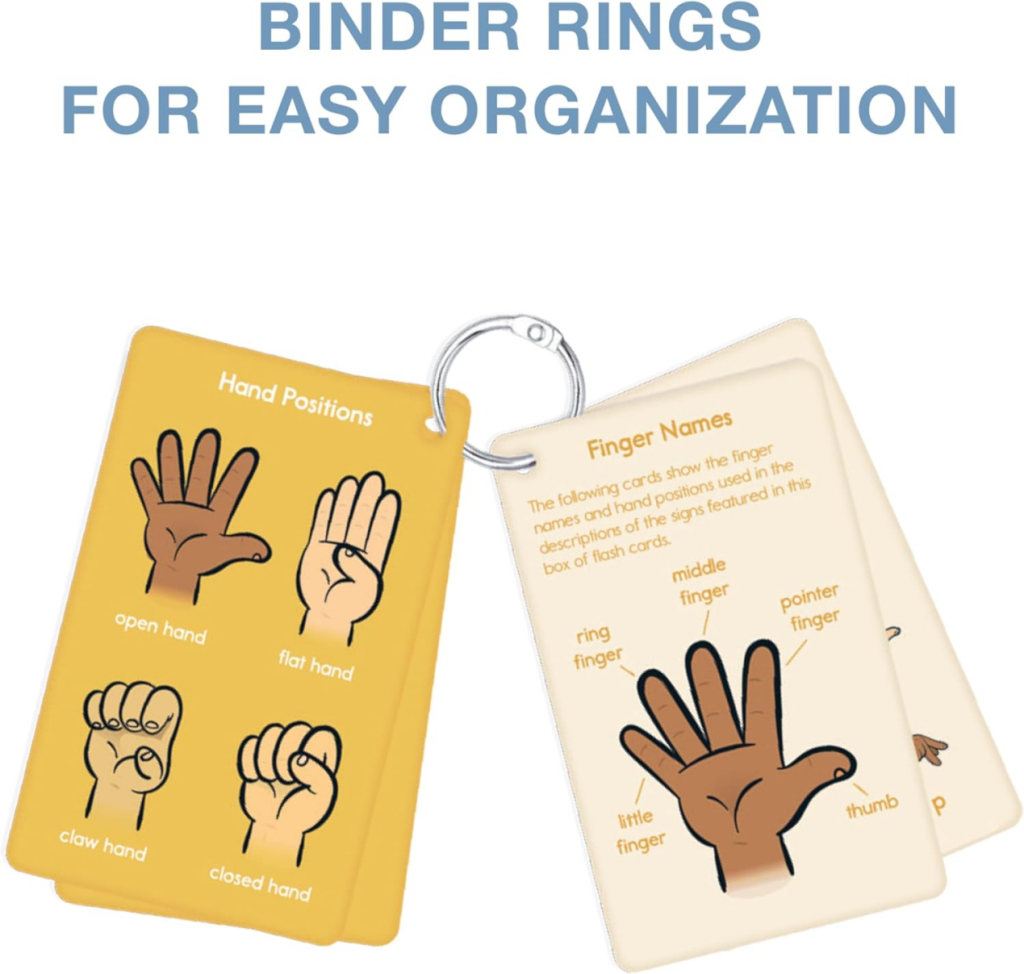
Can Flashcards Be Used Beyond Simple Memorization?
Playing Matching Games with Animal Cards
Flashcards are handy for playing games like matching pairs – for example, kids can connect a picture of an animal with where it lives or what makes it unique! This fun game not only helps solidify learning but also boosts critical thinking and problem solving abilities.
Storytelling Using Randomly Picked Cards
Fostering creativity with storytelling is a way to utilize flashcards, where kids can select cards at random and craft imaginative stories about the animals’ escapades improving their storytelling abilities and gaining insights into the characteristics of each creature, in the process.
How to Incorporate Interactive Activities with Flashcards?
Speed Categories: Grouping Animals Quickly by Type
Engaging in a group activity that entails categorizing flashcards into specific groups can be quite enjoyable. For instance, distinguishing between mammals and reptiles within a set time frame adds an element of thrill while also strengthening one’s classification abilities.
Word Chain Challenge: Creating Sentences Using Animal Names
During this activity, challenge participants form sentences by selecting animal names from flashcards in a manner. For instance, “A loud roar echoes through the jungle as the lion asserts its presence.” These exercises blend learning language skills with reinforcing knowledge.
Suba’s personalized flashcards provide a solution for teachers interested in incorporating these innovative techniques into their lesson plans. They come with a variety of designs and functionalities that cater to specific educational goals making them perfect for encouraging engaging learning environments for kids.
Suba’s Innovative Approach to Wild Animals Flashcards
What Features Make Suba’s Products Stand Out?
High-Quality Visuals and Durable Materials
Suba’s flash cards featuring animals have been carefully crafted with captivating visuals that appeal to learners’ senses and imagination. They showcase animal images printed using durable materials to withstand the enthusiastic handling by children . The sturdy build not ensures durability but also makes them versatile for a range of learning settings. Be it classrooms or homes . The vibrant hues and lifelike illustrations serve to immerse learners in the subject matter more deeply.
Customizable Options for Personalizing Learning Sets
Suba’s flashcards have a feature that lets users customize them according to their needs and preferences in education settings like concentrating on specific habitats or types of animals for learning purposes. This adaptability enables the development of study materials that cater to individual interests and educational standards seamlessly by including distinctive themes or extra information as well as choosing particular animals from the selection provided by Suba. The customization options offered by Suba are vast. Provide endless opportunities for tailoring the learning experience according to one’s preferences and requirements.
How Suba Integrates Technology with Traditional Flashcards?
Digital Versions for Online Practice
In the era of technology and education advancement todays world is witnessing significant progress through platforms like Suba that blend conventional learning methods with digital innovations such as their digital wild animal flashcards collection This digital resource enables learners to engage in interactive activities where they can learn animal identification skills test their knowledge with quizzes and enjoy virtual games The convenience of digital flashcards proves to be particularly advantageous in situations, like remote learning by empowering children to pursue their educational endeavors regardless of their location
Smart Review Scheduling for Spaced Repetition
Subverting memory loss and promoting improved learning outcomes is a focus for Suba as they integrate intelligent study schedules into their virtual flashcards system. The inclusion of spaced repetition strategies in their tools allows for the delivery of information at ideal intervals to bolster memory retrieval capabilities. By embedding this researched approach into their offerings, Sabba guarantees that users can better retain knowledge in the long run.
Tips for Maximizing the Benefits of Wild Animals Flashcards
How to Encourage Active Engagement During Learning?
Asking Questions About Each Animal’s Habitat or Behavior
To maximize the value of wildlife flashcards with kids involved in hands on learning is crucially important. One successful method involves posing inquiries related to the habitat or behavior of each animal. For example, educators presenting a bear card can inquire about where polar bears reside or what they consume.’ This strategy not only fosters critical thinking but also assists children in linking information with real life scenarios.
Expanding Knowledge by Researching More About Each Card’s Topic
Flashcards are a way to kick off deeper investigation tasks with kids! Encourage them to look into the animals shown on the cards further. Take cheetahs, for instance, they are known as the land creatures! Kids can then dive into topics like cheetah hunting techniques. How they survive in their habitats as points of interest and curiosity building up independent learning skills.
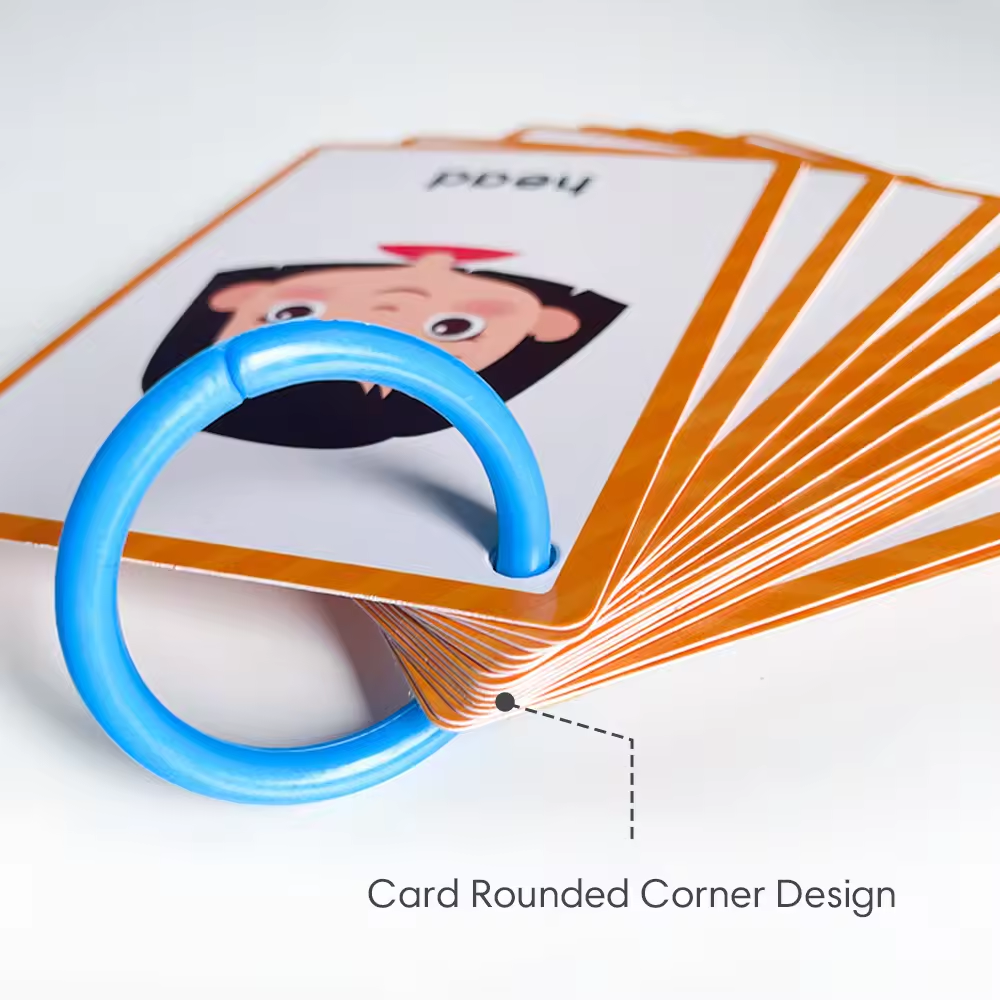
FAQ
Q: What age group are wild animals flashcards suitable for?
A: Wild animal flashcards can be used by age groups but they are especially helpful for children between 3 and 10 years old.
Q: Can I customize the content on Suba’s flash cards?
A: Yes indeed, you have the freedom to personalize the information on Suba’s flash cards to your liking. You are able to customize themes according to your preference and include details or concentrate on specific categories such as habitats or types of animals offered by Suba.
Q: Are digital versions available?
A: Yes. You can find editions as well with Suba’s wild animal flashcards to use for online studying and engaging learning activities.
Q: What makes Suba’s wild animal flashcards stand out as an educational tool for modern classrooms and home learning?
A: Suba’s physical flashcards are crafted from top notch materials that can handle use by kids.
These flashcards do indeed utilize repetition techniques for effective learning and memory retention over time, thanks to their smart review schedules based on spaced repetition principles.
Suba continues to distinguish itself by blending educational resources with modern learning elements designed to meet contemporary educational requirements successfully. Their dedication to excellence and personalization renders their flashcards featuring wild animals an indispensable asset for both teachers and parents alike.


